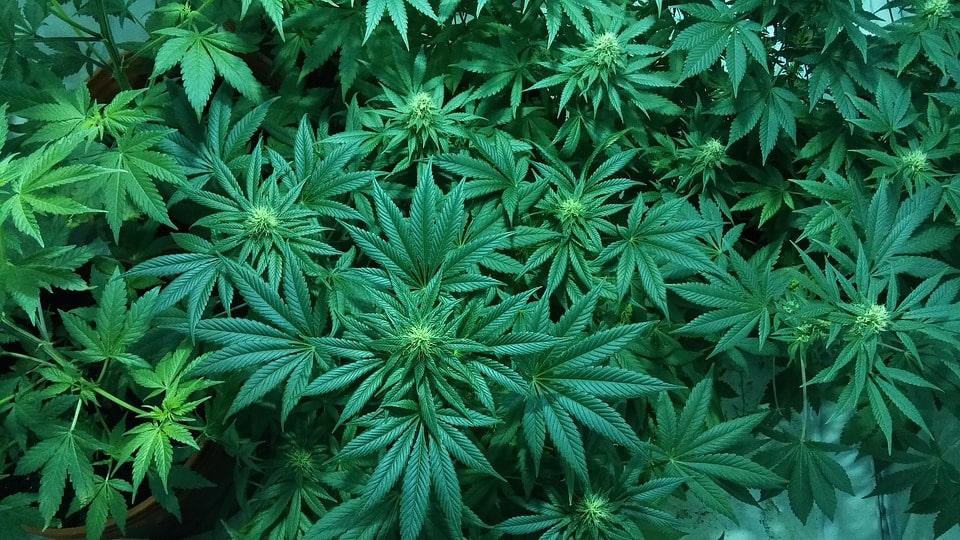
CANNABIS
Through technology, medicinal cannabis has come a long way. The tech industry is expanding how we get high in a number of ways.
Over the last decade, a number of states have legalized marijuana for recreational and medicinal purposes, changing the game for the legal weed industry. For example, patients with ALS, cancer, Crohn’s disease, epilepsy, or glaucoma can get a medical marijuana card in Florida and legally purchase cannabis products from dispensaries. Many scientific breakthroughs have gone into making these products available to the general public. weeds are now being consumed in vaporized oils, capsules, and edible gummies instead of minimally processed.
Technology breakthroughs will change how we get high as we move forward into a new era of cannabis consumption. In the next few years, marijuana could undergo a serious shift. Here are a few projects in development that could do so.
Molecular Genetics And Genome Analysis
There is nothing like the Cannabis plant in nature, a factory for chemically altering the brain more than anything else on earth. There is a diverse range of THC, CBD, and other terpenes found in different strains of the plant, as each grow results in a different ratio. Therefore, such an environment makes it hard to regulate a market that is robust in products. Plants’ true potential might be unlocked by modern genomics.
Growing companies are exploring Cannabis genetics in order to develop a better understanding of how it generates its panoply of chemicals. An Arizona company claims to have developed a way to grow plants without any THC or CBD using CRISPR gene editing. It is also possible that these customized breeds could carry different flavors or have a more manageable growth cycle.
The plant produces even rarer cannabinoids, including CBC, which exhibits powerful anti-inflammatory effects. Additional enzymes within the plant are also producing even rarer cannabinoids. The goal is to find the genes involved in producing these chemicals and implant them into yeast or bacteria, creating industrial production without having to grow a single plant.
Products tailored to its consumers preferences
Because everyone’s biochemistry processes cannabinoids differently, finding the right blend of THC and CBD can be challenging. Some weed strains are mellow or intense, but you still have a lot of choices to choose from when it comes to vaping.
The consequences of picking a strain that isn’t compatible with your mind can be significant because this is a psychoactive drug. It is in this context that tailored blends of essential cannabinoids balanced with your unique physiology are the next step in cannabis consumption.
The trend toward personalization is already underway with some companies. In a $129 saliva-based swab test, Cannabis DNA tests your reactions to notable cannabinoids using over 70 genetic markers, before producing an analysis of your compatibility with different strains of marijuana.
Adding isolates to customized formulas that deliver a targeted experience for users may be possible in the future with marijuana retailer-led testing.
Grow Techniques With High Efficiency
Cannabis plants crave wide-spectrum light, which means that one of the principal challenges of growing it is excessive lighting. The sun provides all that Cannabis sativa needs in tropical climates, but large-scale indoor grow operations use high-intensity discharge bulbs, which are expensive and consume a lot of energy.
With the advent of LED technology, the home lighting market has been transformed in the past decade, and now cannabis growers are poised to benefit as well. Many marijuana growers have already transitioned to LED lights after NASA tested LED lights for plant growth in space.
As compared to older lamps that could only emit red and blue frequencies, newer bulbs can emit a wide spectrum of light. In addition, manufacturers have introduced directional lamps that better target light rays at plants.
Growing with LEDs also requires less ducting and climate control than conventional bulbs. Similarly to what has happened with consumer bulbs, LED grow light setups will drastically drop in price over the next few years.
Nano-Tech Infused Cannabis Products
CBD is chemically complex, which is one of the largest current obstacles to its distribution. The oil function makes it water-insoluble, which means it will separate when added to most liquids. As a result, it is not suitable for use in oils, capsules, or other applications. It would be great if it could be added to water-based products, like beverages, and nanoe-tech would be a great way to do that.
As CBD has a low bioavailability, when you consume it orally, it only gets into your bloodstream about 20% of the way. For this expensive molecule, that’s a lot of waste.
Researchers believe that encapsulating the cannabinoids in a smaller emulsion could improve their bioavailability dramatically. Additionally, a smaller emulsion can blend more smoothly with water, improving its consumability.
Nano-CBD products have already been developed by manufacturers, however the technology is still developing. Eventually, major beverage makers will start including cannabinoids in their products if a reliable cannabis nano-tech is developed.
In A Nutshell
Throughout the cannabis industry, innovation has been pushed in all aspects of growing and manufacturing. As cannabis was farmed in the olden days, manual labor accounted for the majority of the industry. As technology advances, it can control water and nutrients as well as detect excess moisture, mold, and even rot. Any new technology that can boost yields in these expensive and controlled plants would be an absolute game changer.






